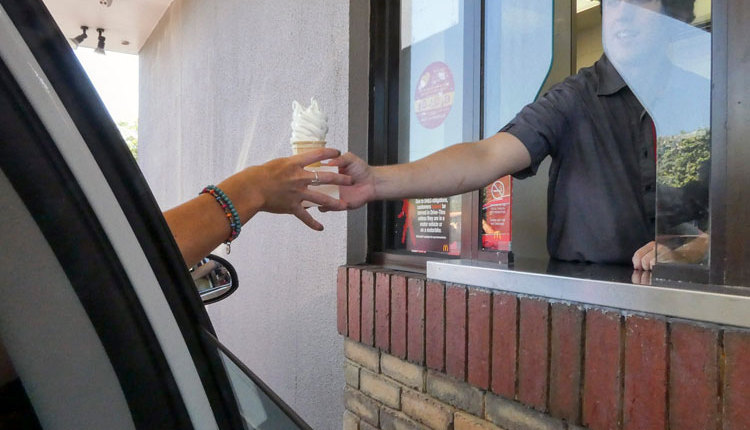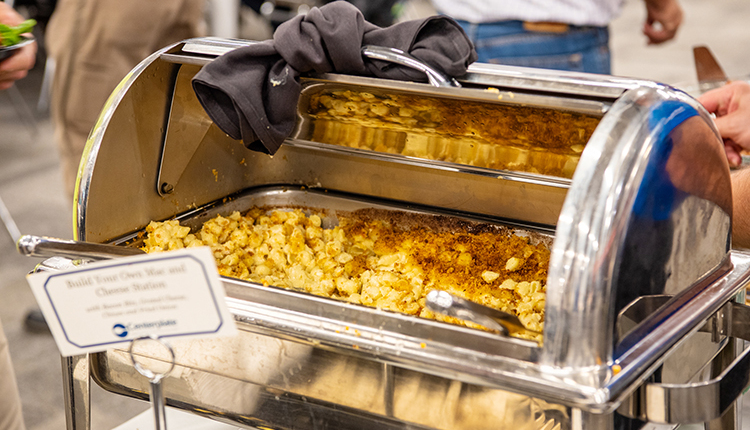 On conventional dairy farms, antibiotics have a place in treating sick animals but never in the milk or meat sold by the farm. Consumers can drink milk happily and safely thanks to the efforts put forth by dairy producers. Data from the Food and Drug Administration's (FDA) National Milk Drug Residue Data Base proves that dairy farmers do a great job keeping antibiotic residues out of the milk supply. A recent national survey found just 0.017 percent of bulk-milk tankers, one in 6,000 loads, showed any sign of antibiotic residue. This data shows an impressive decline from the already low level of 0.061 percent in 2002, according to the National Milk Producers Federation. That is a 75 percent improvement in the last decade!
On conventional dairy farms, antibiotics have a place in treating sick animals but never in the milk or meat sold by the farm. Consumers can drink milk happily and safely thanks to the efforts put forth by dairy producers. Data from the Food and Drug Administration's (FDA) National Milk Drug Residue Data Base proves that dairy farmers do a great job keeping antibiotic residues out of the milk supply. A recent national survey found just 0.017 percent of bulk-milk tankers, one in 6,000 loads, showed any sign of antibiotic residue. This data shows an impressive decline from the already low level of 0.061 percent in 2002, according to the National Milk Producers Federation. That is a 75 percent improvement in the last decade! A careful eye is kept on antibiotic residues in meat as well, and FDA regulations continue to get stricter. Again, most dairy and livestock producers do a great job making sure animals treated with antibiotics don't make it into the food chain. In 2008, only 0.0001 percent of beef cattle carcasses tested positive for drug residues. In contrast, 0.03 percent of dairy beef carcasses were flagged. While both numbers are very, very low, it is important for the dairy industry to realize that 90 percent of drug violations in carcasses do come from either dairy cull cows or bob veal. It should be a goal of dairy producers everywhere to strive for zero cases of residue in both milk and meat.
Last week at the Professional Dairy Producers of Wisconsin (PDPW) 2013 Business Conference in Madison, Wis., Mike Apley, D.V.M., a professor at Kansas State University, gave a presentation called "No residue left behind." He reiterated the importance of working hard at the farm level to ensure products with residues are not sent to market. He said that it's quite simple to eliminate residues by using labeled products EXACTLY as they are labeled and observing the withdrawal time.
The most common drug residues found in dairy cows from 2005 to 2010 included:
- Penicillin
- Flunixin
- Sulfadimethoxine
- Gentamicin
- Cefioflur
- Sulfamethizine
- Neomycin
- Tilmicosin
- Tetracycline
Again, most producers are already doing a great job to minimize residues in animals sent to slaughter. Taking just a few more precautions can get us even closer to that goal of zero.








